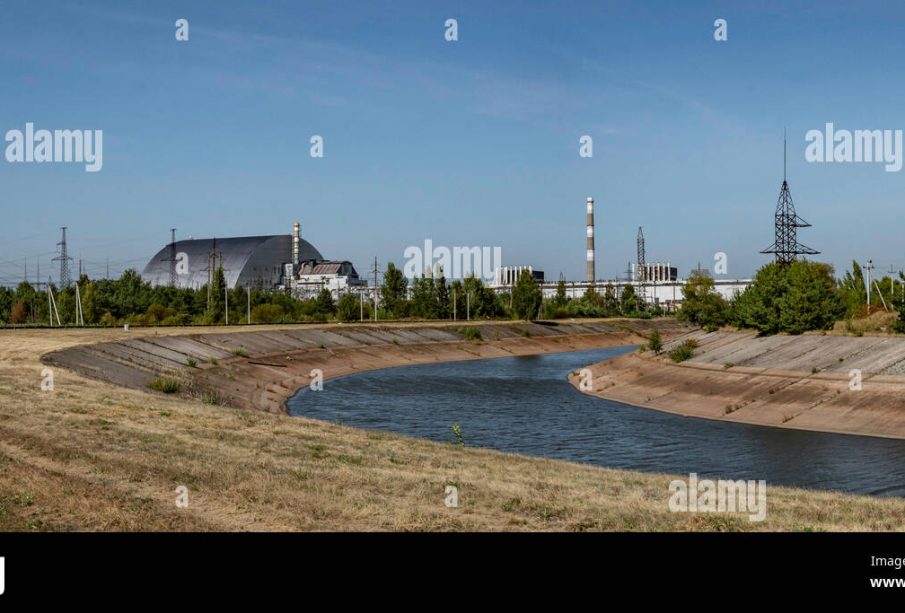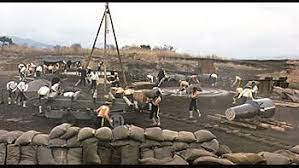Chernobyl: Understanding the Legacy of a Nuclear Catastrophe

Introduction
The Chernobyl disaster remains one of the most devastating nuclear accidents in history, with far-reaching consequences that are still felt today. On April 26, 1986, a reactor explosion at the Chernobyl Nuclear Power Plant in Ukraine released a massive amount of radioactive material into the atmosphere, prompting extensive evacuations and changes to nuclear policy worldwide. Its study is crucial for understanding nuclear safety, human error, and the long-term effects of radiation exposure.
Details of the disaster
The incident occurred during a late-night safety test at Reactor No. 4, which went catastrophically wrong. Flaws in reactor design, combined with operator errors, led to a series of explosions. Fireball debris and radioactive particles ascended into the atmosphere, spreading across Europe. Immediate evacuations began within a 30-km radius of the plant, leading to the abandonment of the nearby town of Pripyat, home to nearly 50,000 people.
Aftermath and health impacts
The long-term effects of the Chernobyl disaster are profound. The World Health Organization estimates that approximately 4,000 people could ultimately die from radiation exposure among those directly affected by the disaster. The surrounding exclusion zone has been systematically cleaned and monitored, but the area remains largely uninhabitable. Health issues have surged, particularly in thyroid cancer cases among children, spurred by the release of radioactive iodine.
Significance for nuclear safety
Chernobyl significantly altered international policies regarding nuclear energy. The disaster sparked widespread reassessment of nuclear safety standards, leading to enhanced reactor designs and improved emergency response strategies. Countries worldwide revisited their nuclear energy programs, with some opting to phase out nuclear power altogether in favour of alternative energy sources.
Current developments
Recent years have seen the rise of interest in the Chernobyl site, especially following the success of HBO’s mini-series ‘Chernobyl’. Ecotourism in the exclusion zone has become a controversial topic, with guided tours bringing attention to both the site’s history and its slow rewilding as nature reclaims the area. Researchers continue to study the biological effects of radiation and the long-term societal impact on the legacy of the disaster.
Conclusion
The legacy of Chernobyl is a stark reminder of the risks associated with nuclear energy. As the world continues to look towards nuclear power as a clean energy alternative, the lessons learned from Chernobyl will remain indispensable in shaping future policies and practices. The need for rigorous safety measures and a commitment to safeguarding public health prevails, underscoring that vigilance is essential to prevent past mistakes from repeating.









